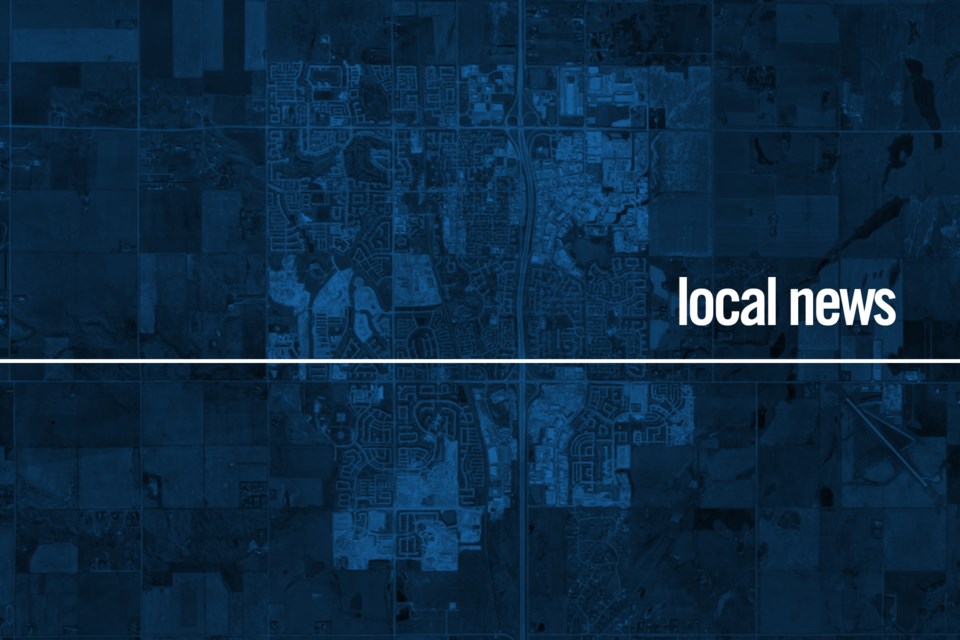Alberta's finance minister says he is hopeful about the province's fiscal future, but Alberta still has a long road to recovery following the collapse of oil prices, the onset of the COVID-19 pandemic and the resulting economic fallout.
On the morning of Nov. 24, the province released its mid-year fiscal update, giving Albertans a look at how the pandemic has impacted the bottom line.
Finance Minister Travis Toews said there is reason to be optimistic about the update.
"I can't say definitively that our toughest days are behind us, but what I can say is we are starting to see signs of some economic recovery, so that is positive," Toews said.
Toews cited the improved forecast for the province's deficit as a reason for optimism. In August, when the province delivered its quarterly update, the province had projected Alberta would face a $24.2-billion deficit, but now that projection sits at $21.3 billion. That's due to increased revenues from the last quarter, investments performing better than expected, higher revenue from gaming, and federal government transfers.
The revenue forecast for the current budget cycle is $41.4 billion, almost $3 billion higher than last quarter. Revenues from non-renewable resources are forecasted to drop by $3.4 billion to $1.7 billion.
Alberta should face a recession that isn't as bad as what was projected initially. The province's GDP is set to shrink by 8.1 per cent in 2020, instead of the 8.8 per cent that had been originally expected. Next year, our GDP is expected to grow by 4.4 per cent.
"We're seeing some hopeful signs that recovery is starting ... but it will take some time to get to where we were in 2019,” Toews said.
But while there are signs of hope, COVID-19 is still deeply impacting the provincial financial outlook.
COVID-19 related operating costs rose from $500 million to $3.5 billion over the last quarter, including $1 billion in costs for healthcare and $600 million for municipalities.
The government has budgeted $750 million for COVID-19 expenses for the next fiscal year and Toews introduced a bill Nov. 24 that would add another $5.7 billion to fund pandemic expenses and the government's economic recovery plan.
Jobs
The province has gained back some 72 per cent of the total 360,900 jobs lost during the spring wave of the pandemic, but employment is still slated to shrink by seven per cent in 2020 and won’t get back to 2019 levels until 2022.
Taxpayer debt is forecast at $97.4 billion, and is slated to hit $125 billion by 2023.
Toews said the province has three tactics for getting the province's finances under control. Those include keeping spending comparable to other provinces; making sure the province is able to pay back its debt by keeping its debt-to-GDP ratio low; and creating a post-pandemic timeline to balance the budget.
“Economic recovery and efficient delivery of government services are both critically important for fiscal recovery,” said Toews.
“As we continue to face the challenge of the COVID-19 pandemic, we will continue to do everything we can to protect Albertans while also managing our finances responsibly.”
Jennifer Henderson is the Local Journalism Initiative Reporter for Great West Newspapers, covering rural Alberta issues.




